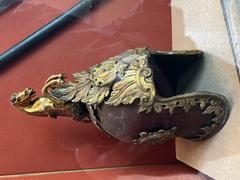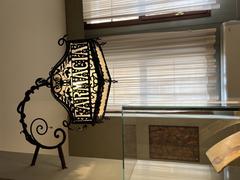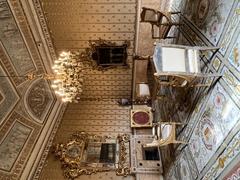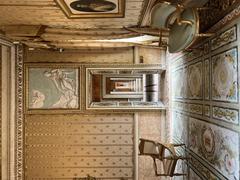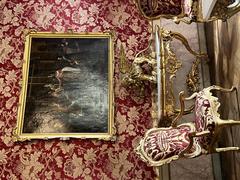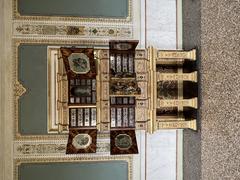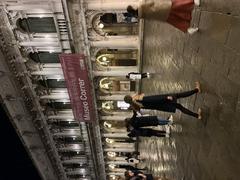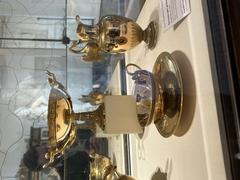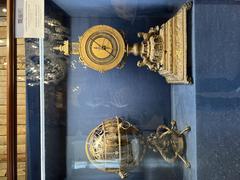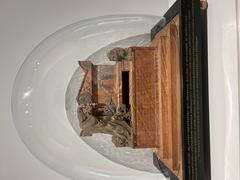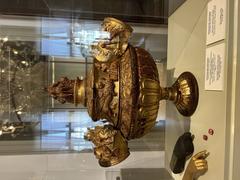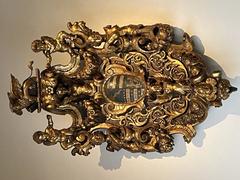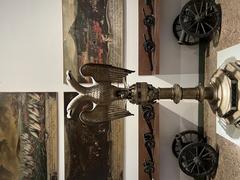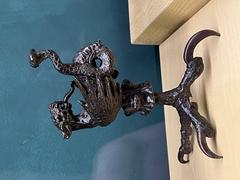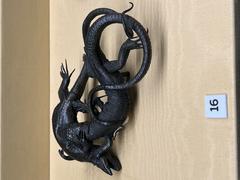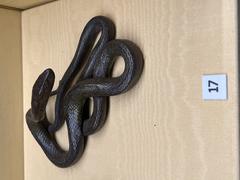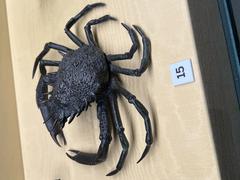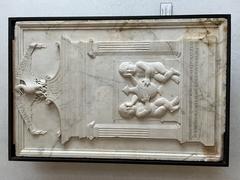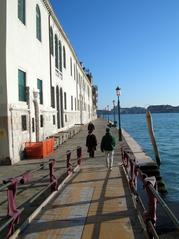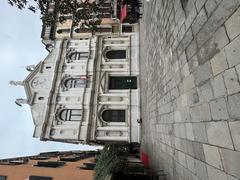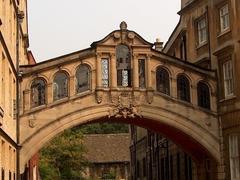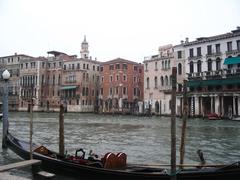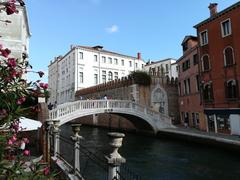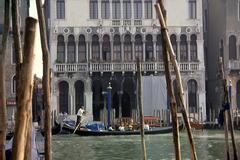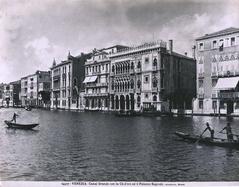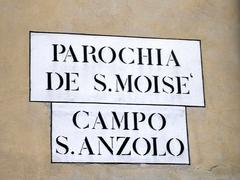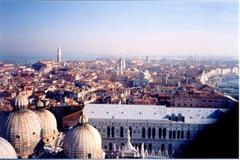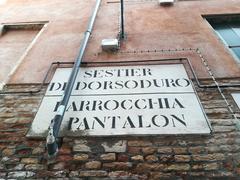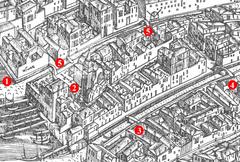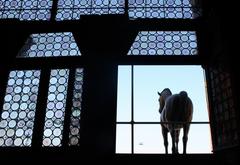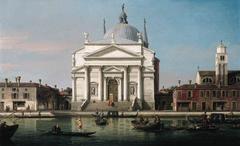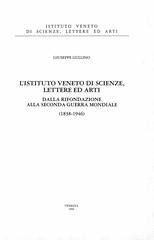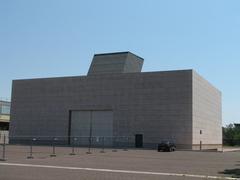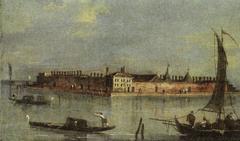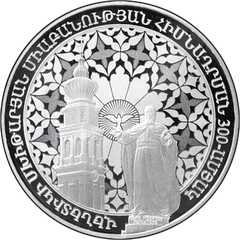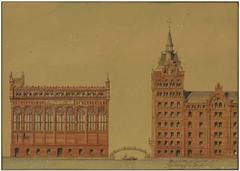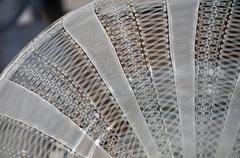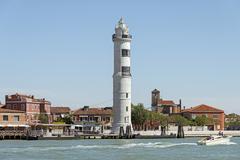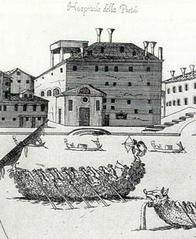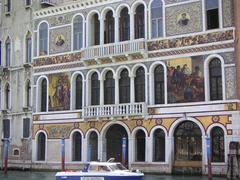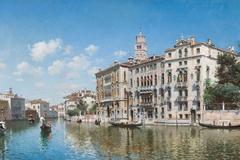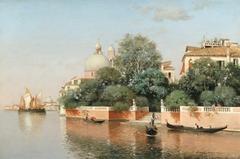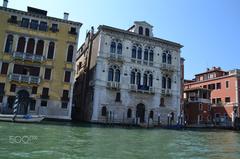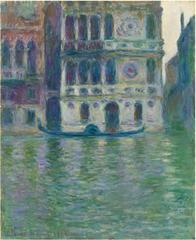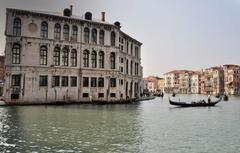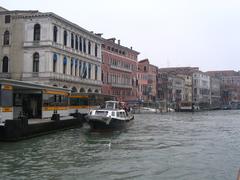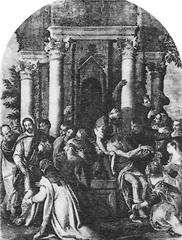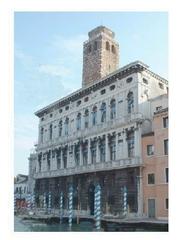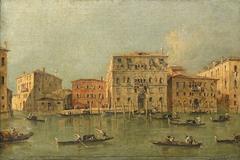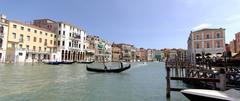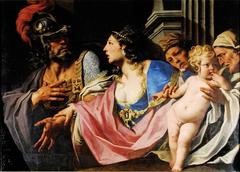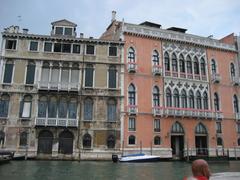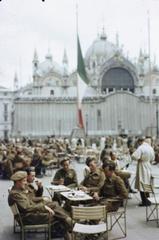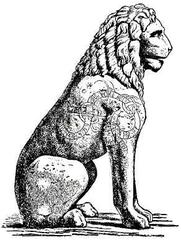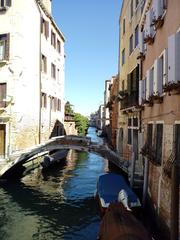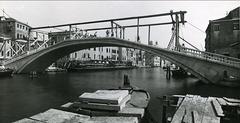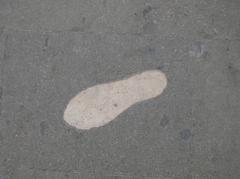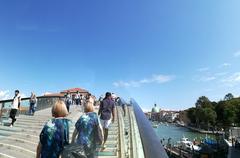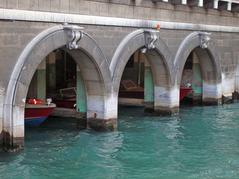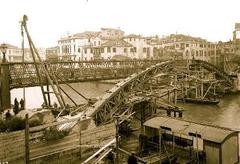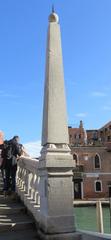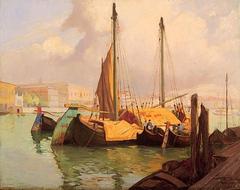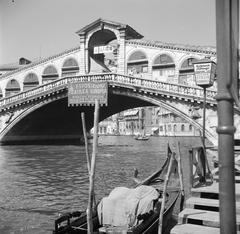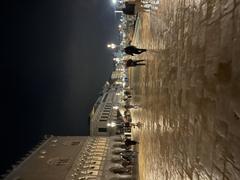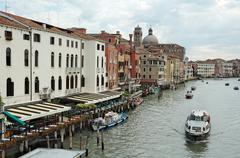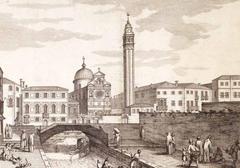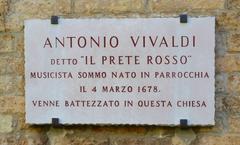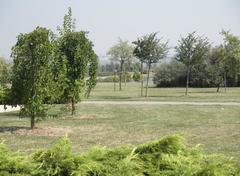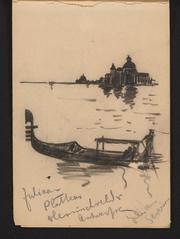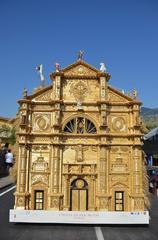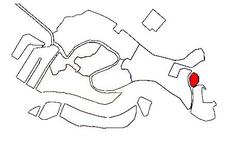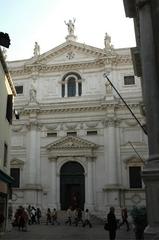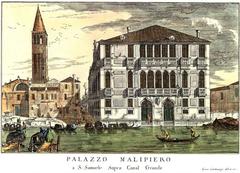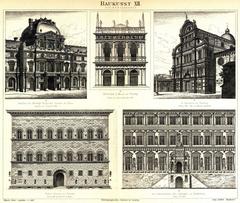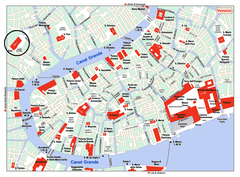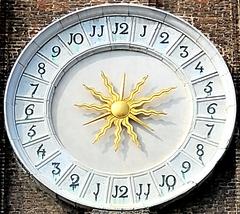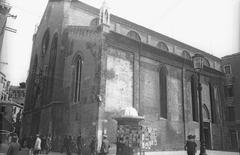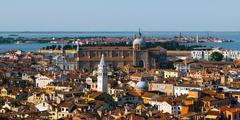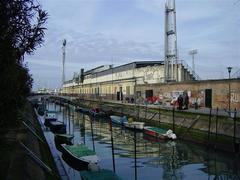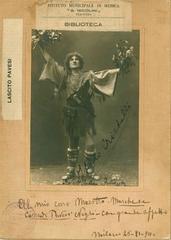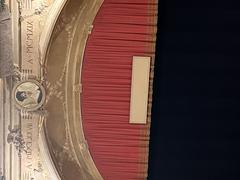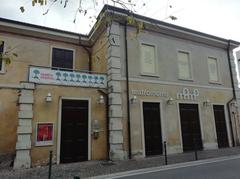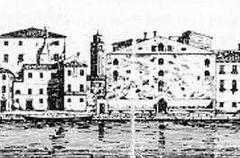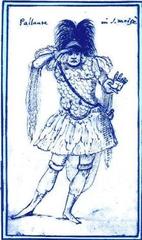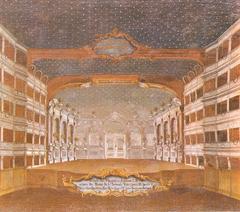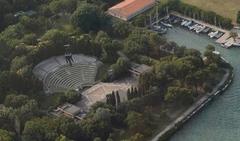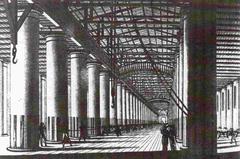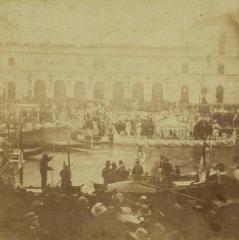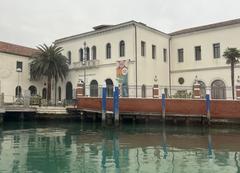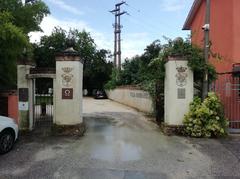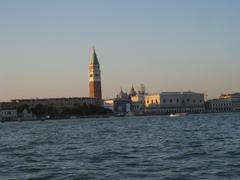
Comprehensive Guide to Visiting Museo Correr, Venice, Italy
Published Date: 16/08/2024
Introduction to Museo Correr
Nestled in the heart of Venice, Museo Correr stands as a testament to the city’s rich historical and artistic heritage. This museum offers visitors an unparalleled journey through time, from the opulence of the Napoleonic era to the artistic masterpieces of Antonio Canova. Founded by Teodoro Correr, a nobleman and avid art collector, the Museo Correr’s extensive collection was bequeathed to the city of Venice upon his death in 1830. Originally housed in the Correr family’s Grand Canal palace, the museum’s collection has since expanded and relocated to the Procuratie Nuove in St. Mark’s Square, a move that allowed for greater exhibition space and accessibility (Wikipedia). The museum’s current location in the Napoleonic Wing, designed during the period of the Kingdom of Italy, adds to its historical significance, offering visitors a glimpse into the imperial opulence of the era with its splendid Ballroom and Throne Room (Schmidt Holidays).
The Museo Correr is more than just a repository of art; it is a vital educational resource that provides scholars and the public with the opportunity to study and appreciate Venice’s rich history and culture. The museum’s meticulously cataloged collections include historical documents, period costumes, numismatic collections, and masterpieces by renowned Venetian artists such as Giovanni Bellini and Vittore Carpaccio (Venice Travel Tips). This guide aims to provide comprehensive information on visiting hours, ticket prices, travel tips, and nearby attractions, ensuring that visitors can make the most of their experience at this iconic Venetian museum.
Table of Contents
- Discover Museo Correr: Visiting Hours, Tickets, and Historical Significance
Discover Museo Correr: Visiting Hours, Tickets, and Historical Significance
Origins and Foundation
The Museo Correr owes its inception to Teodoro Correr, a nobleman from a traditional Venetian family and an avid art collector. Upon his death in 1830, Correr bequeathed his extensive collection of art, artifacts, and documents to the city of Venice. This collection, which included works of art, historical documents, and various objects reflecting the history of Venice, was initially housed in the Correr family’s Grand Canal palace (Wikipedia).
Early Locations and Relocations
The museum’s original location was in the Fondaco dei Turchi, a historic building in Venice. However, as the collection grew, it was moved to the Procuratie Nuove in St. Mark’s Square in 1922 (Venice Insider Guide). The Procuratie Nuove, designed by Vincenzo Scamozzi, is an architectural masterpiece that once housed the offices and residences of key figures of the Venetian Republic. This relocation allowed the museum to expand and better accommodate its growing collection.
Expansion and Development
Over the years, the Museo Correr’s collection has been enriched by numerous donations and acquisitions from other prominent Venetian families, such as the Molin, Zoppetti, Tironi, Sagredo, and Cicogna families. These contributions included significant paintings, maiolica, glass pieces, and bronzes (Wikipedia). The museum’s collection was further expanded in 1887 when it was moved to the Fondaco dei Turchi and later to its current location in the Procuratie Nuove.
Architectural Significance
The building that houses the Museo Correr is known as the Napoleonic Wing, which was designed and constructed during the period when Venice was part of the Kingdom of Italy (1806–1814). The Napoleonic Wing, originally intended as royal apartments for Napoleon and later for the Austrian Hapsburgs, is a testament to the imperial opulence of the era. The splendid Ballroom and Throne Room, adorned with sumptuous stuccos, frescoes, and elegant neoclassical furnishings, reflect the lavishness of the period (Schmidt Holidays).
Collections and Exhibits
The Museo Correr houses an impressive array of collections that showcase the history, art, and culture of Venice. The museum’s collections are divided into three principal sections: the Napoleonic Wing, the Neoclassical Rooms, and the Museum.
Napoleonic Wing
The Napoleonic Wing features the royal apartments, including the Ballroom and Throne Room, which are adorned with neoclassical furnishings and decorations. These rooms provide a glimpse into the imperial lifestyle of the era and the opulence associated with it (Schmidt Holidays).
Neoclassical Rooms
The Neoclassical Rooms house the works of the celebrated sculptor Antonio Canova. Among these, his plaster models stand out, giving an insight into the artist’s creative process. His sculptures, such as ‘Daedalus and Icarus’ and ‘Theseus and the Minotaur,’ display Canova’s mastery of portraying grace, power, and emotion (Schmidt Holidays).
The Museum
The museum itself contains a wide range of collections, including the Historical Collections, the Picture Gallery, and the Risorgimento Museum. The Historical Collections occupy the museum’s first floor and include paintings ranging from the 15th to the 19th century, sculptures, period costumes, portraits, numismatic collections, and official symbols of the Serenissima (Venice Travel Tips).
The Picture Gallery hosts masterpieces by Venetian artists from the 13th to 16th centuries, including works by Giovanni Bellini, Vittore Carpaccio, and Lorenzo Veneziano. Notable artworks include ‘Dead Christ supported by two angels’ by Bellini, ‘Pietà’ by Antonello da Messina, and ‘Two Venetian Ladies’ by Carpaccio (Venice Travel Tips).
The extensive Coin Cabinet hosts a collection of Venetian coins, medals, and seals that echo the city’s economic history. The Library offers an impressive collection of manuscripts and early printed books. Additionally, the museum showcases an array of fascinating objects from Venetian life, including antique globes, navigational instruments, and a detailed scale model of 18th-century Venice (Schmidt Holidays).
Practical Visitor Information
Visiting Hours and Tickets
The Museo Correr is open daily from 10:00 AM to 6:00 PM. Ticket prices vary, with standard tickets costing €20, reduced tickets for students and seniors at €13, and free entry for children under 6 years old. Tickets can be purchased online or at the museum entrance (Official Website).
Guided Tours
The museum offers guided tours in multiple languages, which can be booked in advance. These tours provide deeper insights into the museum’s collections and the history of Venice.
Travel Tips and Nearby Attractions
Nearby Attractions
The Museo Correr is located in St. Mark’s Square, one of Venice’s most famous and picturesque locations. Nearby attractions include St. Mark’s Basilica, the Doge’s Palace, and the Marciana National Library. Visitors can easily explore these sites on foot, making the Museo Correr part of a comprehensive visit to the heart of Venice.
Accessibility
The museum is wheelchair accessible, with elevators and ramps available for visitors with mobility issues. Audio guides and informational booklets are provided to enhance the visitor experience.
Cultural and Educational Significance
The Museo Correr is not just a repository of art and artifacts; it is a vital educational resource that provides scholars and the general public with the opportunity to study and appreciate the rich history and culture of Venice. The museum’s collections have been meticulously cataloged and organized to facilitate scholarly research and public enjoyment (Wikipedia).
In the 1990s, the entire civic museums system in Venice was redesigned under a single municipal administration. In 1996, an agreement with the Italian Ministry of Culture led to the launch of the St. Mark’s Square Museums ticket, granting entrance not only to the Museo Correr but also to the Doge’s Palace, the Museo Archeologico Nazionale, and the Monumental Rooms of the Biblioteca Marciana. This initiative has made it easier for visitors to explore multiple cultural sites in Venice (Wikipedia).
Visitor Experience
Visitors to the Museo Correr can expect a comprehensive and immersive experience that delves into the art, history, and culture of Venice. The museum’s location in St. Mark’s Square, in front of St. Mark’s Basilica and within walking distance of the Doge’s Palace and the Marciana National Library, makes it an essential stop for those wishing to explore the history of Venice (The Art Post Blog).
In addition to the artistic wonders, visitors have the opportunity to explore the rooms that hosted Princess Sissi during her stays in Venice and a section entirely dedicated to the Venetian sculptor Antonio Canova. The museum also offers a variety of educational programs and activities, making it a valuable resource for both tourists and locals alike (The Art Post Blog).
Frequently Asked Questions (FAQ)
Q: What are the visiting hours for Museo Correr?
A: The Museo Correr is open daily from 10:00 AM to 6:00 PM.
Q: How much are the tickets for Museo Correr?
A: Standard tickets cost €20, reduced tickets for students and seniors are €13, and children under 6 years old can enter for free.
Q: Is Museo Correr accessible for visitors with disabilities?
A: Yes, the museum is wheelchair accessible with elevators and ramps available.
Q: Are guided tours available at Museo Correr?
A: Yes, guided tours in multiple languages can be booked in advance.
Conclusion
The Museo Correr stands as a testament to the rich history and cultural heritage of Venice. From its origins as the private collection of Teodoro Correr to its current status as a major cultural institution, the museum offers a unique and comprehensive look at the art, history, and culture of Venice. Its extensive collections, housed in the historic Procuratie Nuove, provide visitors with an unparalleled opportunity to explore the city’s glorious past and immerse themselves in its artistic and cultural legacy.
References and Further Reading
- Wikipedia, 2024 Wikipedia
- Venice Insider Guide, 2024 Venice Insider Guide
- Schmidt Holidays, 2024 Schmidt Holidays
- Venice Travel Tips, 2024 Venice Travel Tips
- Official Website, 2024 Official Website
- The Art Post Blog, 2024 The Art Post Blog
